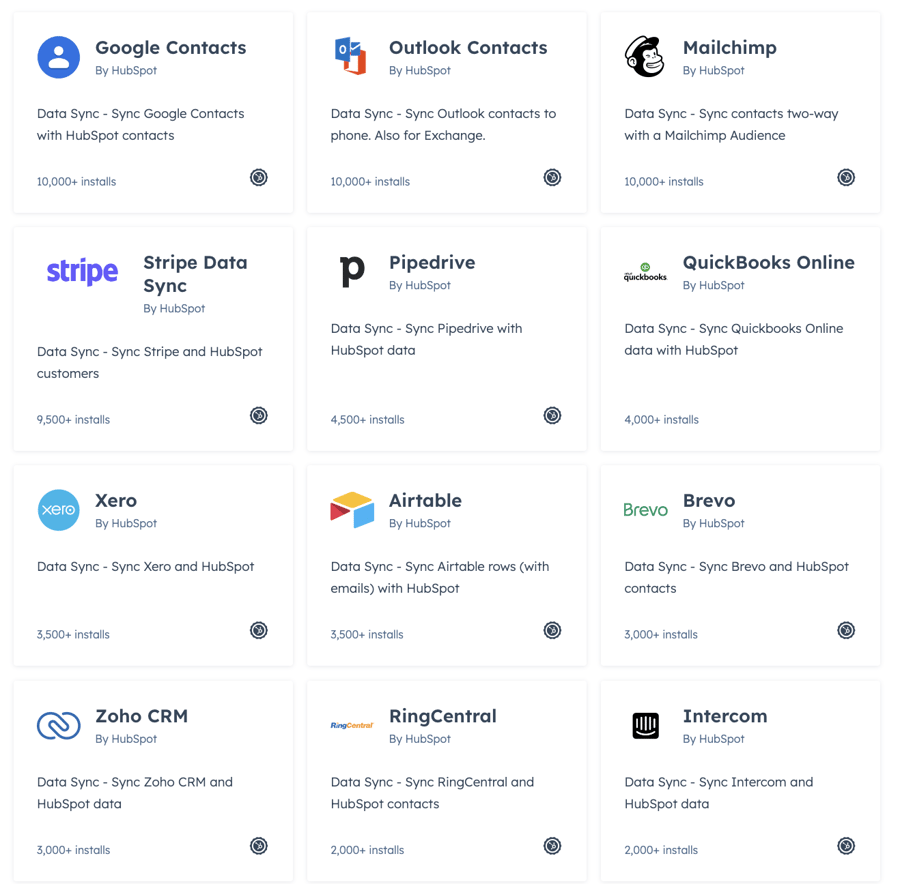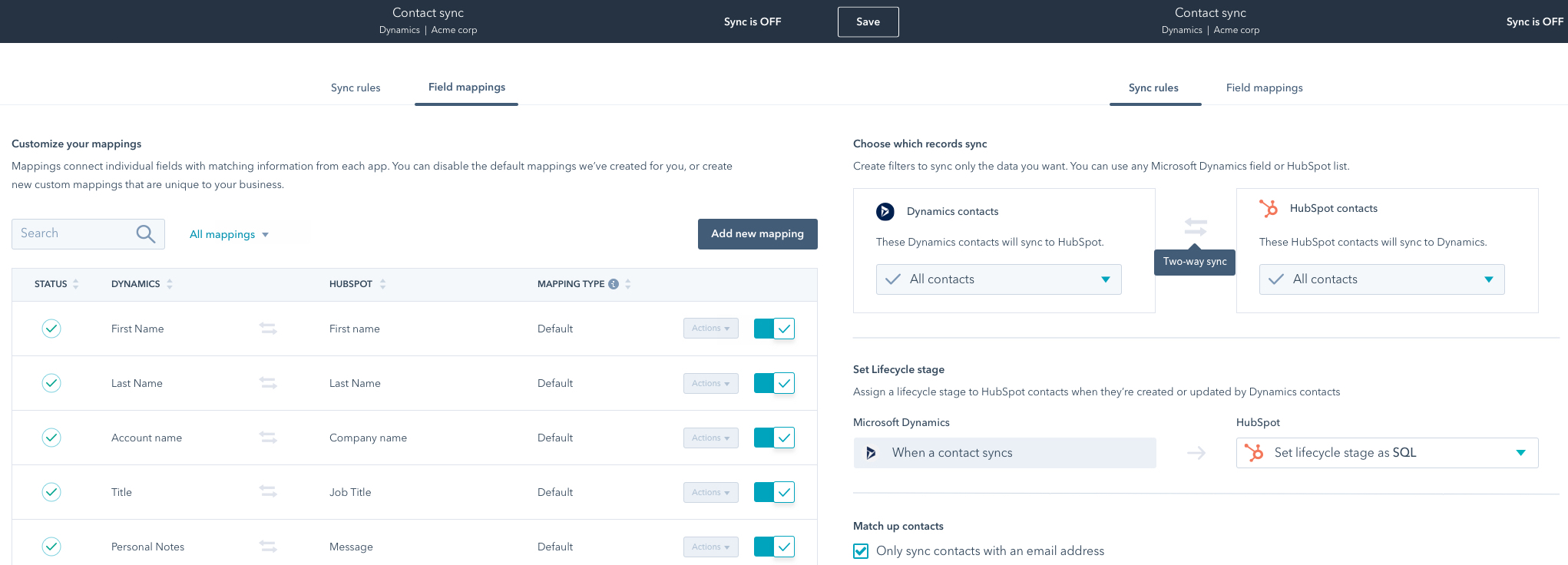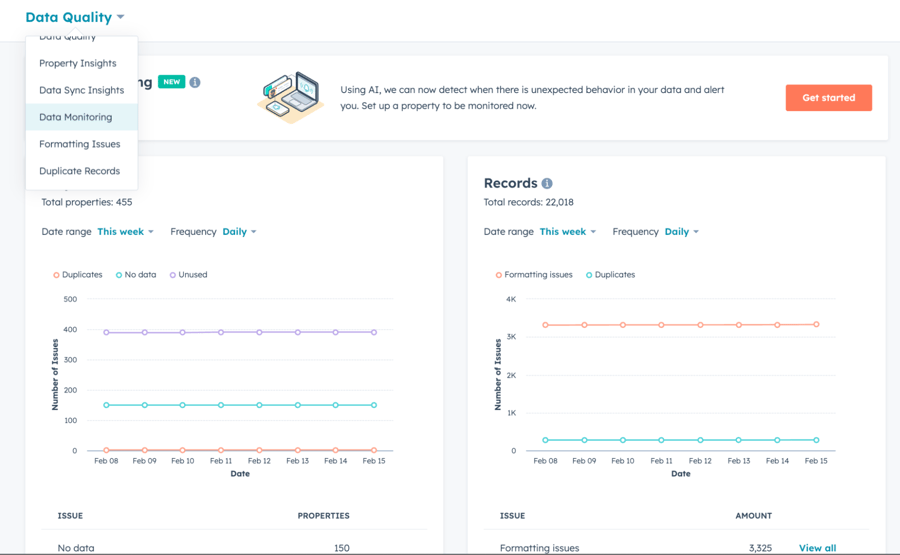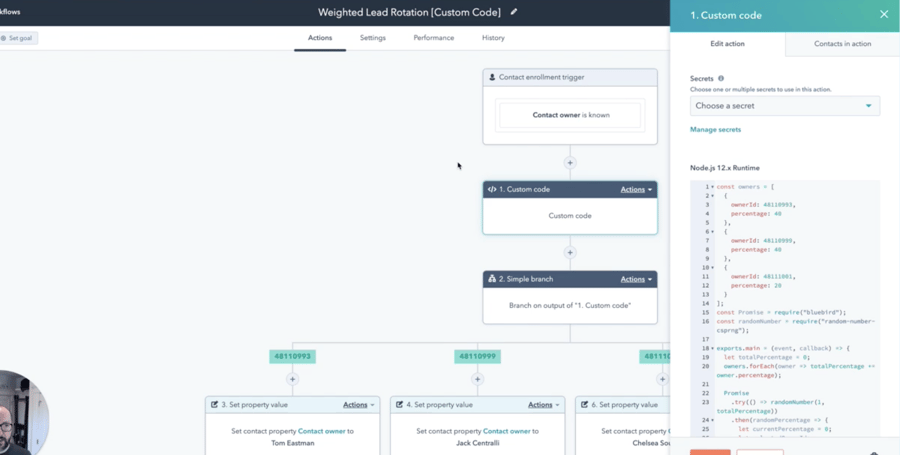Discover how HubSpot's Operations Hub’s key features are: Enhanced Data Sync for seamless integration, Data Quality Automation for automated data cleansing, and Programmable Automation for custom workflow actions.
Addressing Operational Challenges
HubSpot’s Operations Hub is the latest member of the HubSpot family, addressing the operational challenges: Many organizations grapple with the problem of siloed operations teams, including Marketing, Sales, and Service Operations, which often work in isolation to address immediate issues within their domains.
-2.jpg?width=832&height=458&name=VM%20BLOG%20BANNER%20(3)-2.jpg)
The fragmented nature of these operations leads to a lack of holistic insight into broader business challenges spanning across departments. Although individual teams may excel in their domains, the lack of coordination and collaboration hinders overall efficiency and effectiveness.
HubSpot Operations Hub seeks to address these challenges by offering a comprehensive solution that breaks down silos, streamlines operations, and fosters cross-departmental collaboration. By centralizing data, automating processes, and ensuring data quality, Operations Hub empowers teams to work cohesively towards shared objectives, driving efficiency, and fueling growth.
-1.jpg?width=522&height=287&name=VM%20BLOG%20BANNER%20(8)-1.jpg)
Key Features of Operation Hub?
It is designed to make the management of your customer data more efficient and enhance your business process structure. It has three key features:
-1.jpg?width=620&height=148&name=VM%20BLOG%20BANNER%20(7)-1.jpg)
2. Data Quality Management
3. Programmable automation
#1 Enhanced Integrations with HubSpot Data Sync
Since the acquisition of PieSync, HubSpot has ramped it up and integrated it natively into the HubSpot portal. With Ops Hub you will be instantly less reliant on developers building custom API integrations and will be able to see your data sync accurately and seamlessly across your tech stack. Data Sync brings native integrations for over 100 and counting commonly used apps at launch including:

This allows setting up a sync like a breeze. Navigate through “Setting > Integrations > Connected Apps", you can choose the app you wish to configure and follow the prompts. With Data Sync by HubSpot, you can rest assured that your data will remain synchronized between systems, enabling efficient operations and informed decision-making.

The records are scanned every five minutes to make necessary updates. You can fully control the sync process by selecting either one-way or a two-way sync, and fully customize your sync by choosing what data to sync and how the data would be mapped to the properties for future use.
#2 Data Quality Automation
Typically, businesses manage data cleansing in a very manual way. Often exporting it to Excel to filter, cleanse, and update there. With Operations Hub, these tasks are seamlessly integrated into the platform, by enabling a set of tools that automatically cleans, enriches, and standardizes customer data. It's designed to enable companies to uphold accuracy at scale, preventing errors and duplicate entries.
- Data deduplication simplifies the process of merging duplicate records with just a few clicks, offering flexibility in defining criteria for identifying duplicate entries, such as records sharing the same name/company combination.
- Data Enrichment is another automation tool that enhances data completeness by populating blank fields with relevant information sourced from external databases, sparing users the manual effort of researching and inputting missing data.
- Other automation features like standardized data formatting, such as capitalizing contacts' names or ensuring uniform date formats. To leverage data quality automation, users can create a workflow that enrolls the records for cleaning.
You can easily monitor the data quality by navigating to “Reporting > Data Management > Data Quality”, and get the pre-built report to understand how the data-like properties are used in your portal, if any duplication, formatting issues or data sync issues take action accordingly.

Notably, data quality automation doesn't just improve data quality within HubSpot but also extends its benefits to other applications if you're using Data Sync by HubSpot. This ensures that your team has access to high-quality data across all their tools, enhancing productivity and effectiveness in their respective roles.
#3 Programmable Automation
The last feature that is mostly welcomed by our clients is the programmable actions. This feature introduces new actions within workflow, enabling users to automate business processes and create custom code actions actions using JavaScrip.

Programmable automation example: assign leads
Here are several programmable automation ideas that can effectively streamline the process and increase operational efficiency:
- Marketing: Versatile A/B testing
For instance, if you have 4 variations of an email in a campaign, and you want each sent out to 25% of your You can use custom code actions to randomly ‘split’ the contacts into 4 groups, and use the output in if/then branches to direct contacts to receive certain emails and set equally. Custom code actions can be utilized to dynamically segment contacts into different groups. This allows for precise control over which variation of the email each group receives, optimizing the testing process and enhancing campaign effectiveness. - Sales: Lead rotating
Rather than employing the standard lead rotating, you can assign the leads depending on specific criteria. Leveraging Operations Hub, leads can be rotated using tailored logic and third-party queries. For instance, upon receiving a new lead, the system can automatically assess sales representative capacity by querying relevant data sources, and then intelligently route the lead within the platform based on this information. - Sales: Deal Automation
Operational Hub facilitates enhanced deal automation, encompassing customized renewal processes, owner assignment, and automated progression stages. This includes automation for tasks such as invoice generation, document signing, and other crucial steps in the deal lifecycle, optimizing sales efficiency and reducing manual intervention. - Service: Ticket allocation
With Operations Hub, you can manage capacity based on ticket assignment. For example, when a new ticket is generated, the system can dynamically analyze existing ticket assignments and agent availability. By querying the ticket API and agent status, the platform can efficiently assign the ticket to the most suitable agent with the least workload, ensuring prompt and effective resolution of customer inquiries.
Find Out More
By centralizing data and streamlining processes, Operations Hub empowers businesses to transition from reactive to proactive operations, fostering collaboration, efficiency, and growth in a dynamic marketplace. If you would like to find out more about HubSpot Operations Hub, feel free to reach out to us today and we will happily walk you through the options and its functions.
